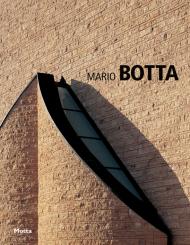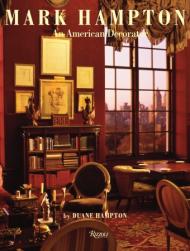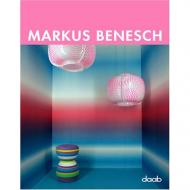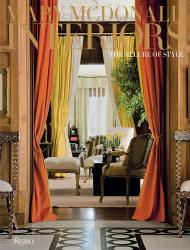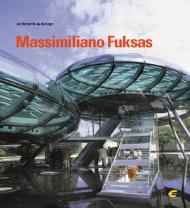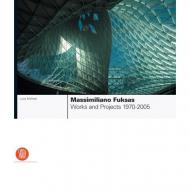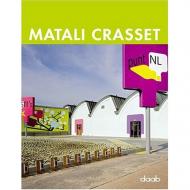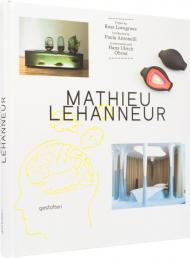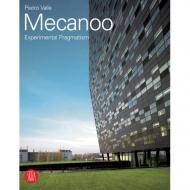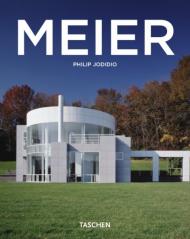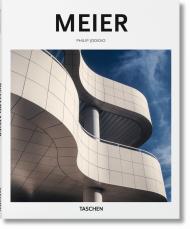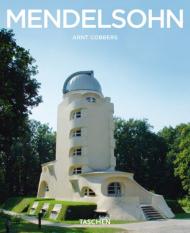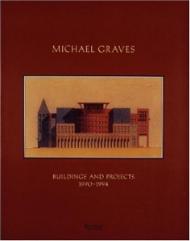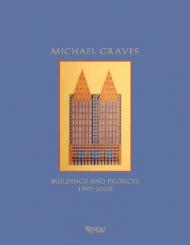The aim of the collection is to offer a series of short monographs which, though brief, nevertheless deal with all aspects of the master's personality: works, constructed or otherwise, primary written sources, critiques and photographic interpretations. The underlying aim is to offer an in-depth, comprehensive overview targeted at anyone interested in learning about architecture including students, professionals or simply those who are interested in the subject, by providing not only basic information but also guidance in terms of gaining more insight into the subject.
The volumes are dedicated to some of the best known modern and contemporary architects.
Contents:
A portfolio, a description of the role of the architect, the works, the projects, the underlying philosophy, essays by the architect, photographs as interpretation of architecture, selected critiques about the architect and a bibliography
Другие книги о творчестве и проектах Mario Botta
